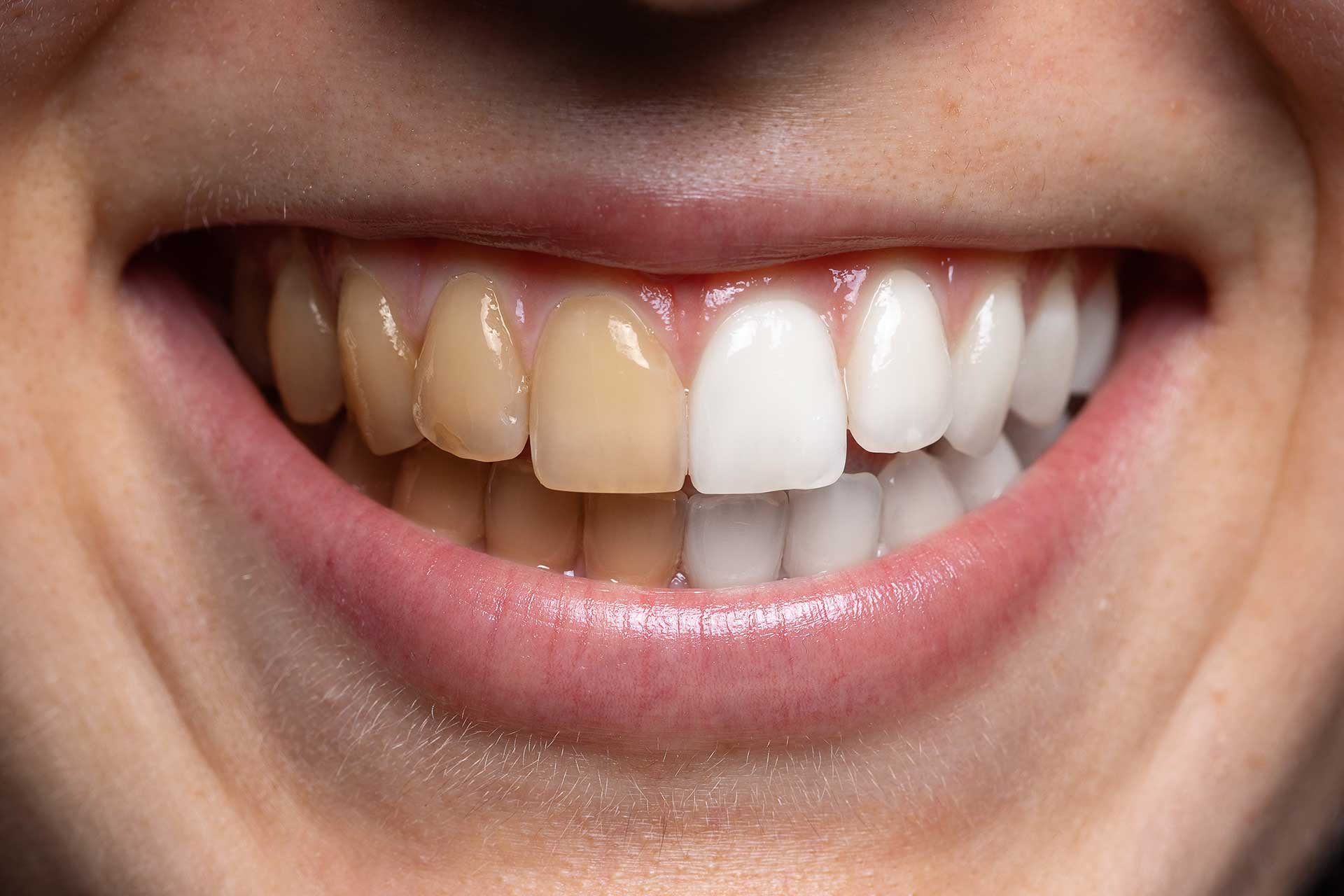Imagine a world where your smile radiates confidence and joy, lighting up every room you enter. Now, picture yourself navigating the complex world of periodontics, seeking solutions to enhance your oral health and achieve that brighter smile you’ve always dreamt of.
But where do you begin? How do you navigate through the sea of treatment options and find the right path for your unique needs?
In this discussion, we will explore the realm of periodontics solutions, unraveling the mysteries of gum disease, uncovering the causes of gum recession, and delving into the various treatment options available.
Get ready to embark on a journey towards a healthier, more vibrant smile.
Understanding Periodontal Disease

Understanding periodontal disease is crucial for maintaining optimal oral health. Periodontal disease, also known as gum disease, is a common condition that affects the gums and supporting structures of the teeth. It’s caused by bacteria in plaque, a sticky film that forms on the teeth. If left untreated, it can lead to tooth loss and other serious health problems.
Preventing periodontal disease starts with good oral hygiene practices. Brush your teeth at least twice a day, using a soft-bristled toothbrush and fluoride toothpaste. Floss daily to remove plaque and food particles from between your teeth. Additionally, make sure to visit your dentist regularly for professional cleanings and check-ups.
Recognizing the signs of gum infection is also important. Symptoms can include red, swollen, or tender gums, bleeding gums when brushing or flossing, persistent bad breath, receding gums, and loose or shifting teeth. If you notice any of these signs, it’s important to seek dental care as soon as possible.
Common Causes of Gum Recession
Gum recession, a common dental condition, occurs when the gum tissue surrounding the teeth wears away or pulls back, exposing the roots of the teeth. There are several common causes of gum recession that you should be aware of.
One of the main causes is poor oral hygiene. Inadequate brushing and flossing can lead to the buildup of plaque and tartar, which can irritate the gums and cause them to recede. Another cause of gum recession is aggressive brushing or using a toothbrush with hard bristles. Brushing too hard or using a toothbrush with stiff bristles can wear away the gum tissue over time. Other factors that can contribute to gum recession include gum disease, hormonal changes, smoking, grinding or clenching your teeth, and genetics.
Preventing gum recession involves maintaining good oral hygiene practices. Brush your teeth gently using a soft-bristled toothbrush and fluoride toothpaste. Floss daily to remove plaque and debris from between your teeth and along the gumline. It’s also important to visit your dentist regularly for professional cleanings and check-ups.
If you have gum recession, there are several treatment options available. These include deep cleaning, scaling and root planing, gum grafting, and tissue regeneration. Your dentist will determine the best treatment for your specific case.
Exploring Treatment Options for Gum Disease

Treatment options for gum disease include various procedures that aim to address the underlying causes of the condition and restore gum health. When seeking treatment for gum disease, you have several alternatives to choose from.
One common treatment option is scaling and root planing, which involves removing plaque and tartar from the tooth surfaces and smoothing the roots to prevent future buildup.
Another option is antibiotic therapy, which can be applied topically or taken orally to eliminate bacteria causing the infection.
For more advanced cases, surgical interventions such as flap surgery or bone and tissue grafts may be necessary to repair damage and restore gum health.
It’s important to note that while these treatments can effectively address gum disease, prevention strategies are equally crucial in maintaining oral health. Regular brushing and flossing, along with routine dental visits for professional cleanings, can help prevent gum disease and reduce the need for extensive treatment.
Managing Tooth Sensitivity in Periodontics
To manage tooth sensitivity in periodontics, dentists employ various techniques and treatments to alleviate discomfort and improve oral health.
One common approach is preventing enamel erosion, which can contribute to tooth sensitivity. Enamel erosion occurs when the protective outer layer of the tooth gradually wears away, exposing the dentin underneath. This can be caused by factors such as acidic foods and beverages, tooth grinding, and aggressive brushing.
To prevent enamel erosion, dentists may recommend using desensitizing toothpaste, which contains ingredients like potassium nitrate or strontium chloride. These compounds work by blocking the nerve endings in the teeth, reducing sensitivity to hot or cold stimuli. Desensitizing toothpaste should be used regularly, as directed by the dentist, for optimal results.
It’s important to note that desensitizing toothpaste isn’t a cure for tooth sensitivity, but rather a temporary solution. Therefore, it’s crucial to address the underlying causes of tooth sensitivity, such as gum disease or tooth decay, through professional dental treatments.
Maintaining Oral Health After Periodontal Treatment

After undergoing periodontal treatment, it’s essential to maintain proper oral hygiene to ensure long-term oral health. The success of the treatment greatly depends on your commitment to preventing gum infections and maintaining a healthy mouth. To achieve this, here are some important oral hygiene tips to follow.
Firstly, it’s crucial to brush your teeth at least twice a day using a soft-bristled toothbrush and fluoride toothpaste. Brushing helps remove plaque and bacteria from the teeth and gums, preventing the development of gum infections. Be sure to brush all surfaces of your teeth, including the gumline.
Secondly, flossing is equally important in maintaining oral health after periodontal treatment. Flossing helps remove plaque and food particles from between the teeth and along the gumline, where a toothbrush can’t reach. Use a gentle sawing motion to guide the floss between your teeth and curve it around the base of each tooth to ensure thorough cleaning.
Additionally, consider using an antimicrobial mouthwash recommended by your dentist. Mouthwash can help kill bacteria and reduce the risk of gum infections. Rinse your mouth with the mouthwash for the recommended duration, usually around 30 seconds, after brushing and flossing.
Frequently Asked Questions
Can Periodontal Disease Be Cured Completely?
Yes, periodontal disease can be cured completely. Non-surgical treatments such as scaling and root planing are effective in treating periodontal disease. Antibiotics can also be used to supplement these treatments for better results.
How Long Does It Take for Gum Recession to Progress?
Gum recession timeline varies depending on factors like oral hygiene, genetics, and smoking. On average, it takes several years for gum recession to progress significantly. Regular dental check-ups and proper oral care can slow down the process.
Are There Any Alternative Treatments for Gum Disease Besides Surgery?
There are alternative therapies and non-surgical options available for gum disease. These treatments can help manage and improve the condition without the need for surgery. Speak with your periodontist to explore these options.
What Are the Possible Long-Term Complications of Tooth Sensitivity in Periodontics?
In periodontics, long-term consequences of tooth sensitivity include gum recession, tooth loss, and difficulty eating. Management strategies, such as desensitizing toothpaste and regular dental cleanings, can help prevent these complications.
Can Oral Health Habits Alone Prevent the Recurrence of Periodontal Disease After Treatment?
Oral health habits alone cannot guarantee the prevention of periodontal disease recurrence after treatment. However, incorporating proper oral hygiene practices and preventive measures, such as regular brushing, flossing, and professional cleanings, can significantly reduce the risk.
